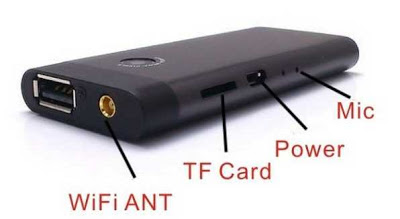One Laptop Per Child, better known as OLPC is now a reality far removed from that, a few years ago, it was born with the intention of bringing low-cost technological devices in developing countries, although the mission in a certain an offer has been extended and not only unnatural, now including products intended for general educational institutions and schools, though not necessarily located in countries with emerging economies but still at a disadvantage.
This evolution is also demonstrated by two recent innovations, the introduction of a tablet and that of two new devices intended for notebooks and directed learning. The tablet, full name is OLPC XO had already been presented in January at CES in Las Vegas but still not the final version. The latter was instead shown these days, so close to the official debut, which will take place on June 1. The shell, resistant to impact and penetration of liquids, in fact remained unchanged, as well as the hardware platform, but it made some changes to the back of the green protective rubber sleeve, which now has a texture more in relief , to improve the grip.
The finishing touches fundamental concern rather than other software. Based on Android 4.2 Jelly Bean , the OLPC XO tablet, however, presents a very simplified, which also takes advantage of the swipe movements and seems designed for children still smaller than those to which it addresses the tablet, the company in fact speaks a minimum threshold of only 3 years. In addition, OLPC educational app pre-installed 200 , 100 in English and 100 in Spanish, and 200 books, always with the same subdivision, including content selected by partners Sesame Street and Oxford University Press, with the intention of offering to the small enough entertainment even when a user uses the tablet offline.
As for the devices to the notebook we find instead is a microscope that a telescope , two of the most desired objects by children around the world, through which learn by playing. The first is mounted on a metal support swivel and connects directly to the laptop via a USB port, while the second should be secured with a clamp on one side of the display and uses the webcam integrated into the display bezel to frame the sky, probably operating then via software on the captured images.
Both devices will be coming soon on the market at a price not yet disclosed, and will be based on a version of Fedora Linux for the operation, while the OLPC XO tablet will be distributed through the chain Walmart, but even in this case the cost was not yet formalized.













